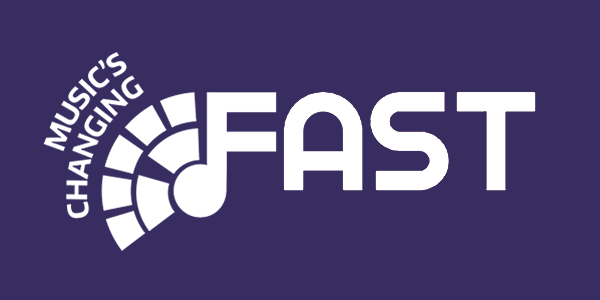 On the 15-16 February this year, FAST IMPACt partners met at the University of London Institute in Paris for their 2nd all-hands meeting located in beautiful surroundings of the Invalides quarter, and in sunny Parisian weather. The meeting was a combination of keynote talks, ‘show and tell’ presentations, group discussions and break-out sessions. Forty-five (45) partners participated in the meeting activities.
On the 15-16 February this year, FAST IMPACt partners met at the University of London Institute in Paris for their 2nd all-hands meeting located in beautiful surroundings of the Invalides quarter, and in sunny Parisian weather. The meeting was a combination of keynote talks, ‘show and tell’ presentations, group discussions and break-out sessions. Forty-five (45) partners participated in the meeting activities.
The first day of the meeting began with an opening session by Professor Mark Sandler, FAST IMPACt Principal Investigator, Queen Mary University of London, with his overview of the latest project progress. The first keynote presentation of the day, “Creative Musical Expression with Human-Computer Partherships”, was delivered by Professor Wendy Mackay (Université Paris-Saclay). Mackay’s presentation described her and her colleague’s work with contemporary music composers at IRCAM, in Paris, which led to a series of interactive composition tools based on interactive paper: composers were given the possibility to express highly diverse musical ideas on paper and make their own associations with powerful composition tools, such as Open Music. The goal is to empower creative professionals through reciprocal human-computer partnerships, such that users and interactive systems each learn from and affect each others behaviour.
Then, the Co-Investigators, Prof Steve Benford (Nottingham), Professor Dave de Roure (Oxford), and Professor Geraint Wiggins (Queen Mary University of London), presented their progress reports on five (5) of the eight (8) project’s Work Threads – Inference, Workflow, Interface, Digital Musical Objects and Ethnography and Design. This was followed by the second keynote presentation by Jean-Julien Aucouturier (IRCAM) on “Musical Friends and Foes: Coordinated Musical Behaviour Can Communicate Social Intent”. He and his team tasked dyads of expert improvisers to use music to communicate a series of inter-personal attitudes, such as being domineering, disdainful or conciliatory, to one another and then asked external judges to attempt to decode the type of social intent communicated in the recordings of these duets, by relying dichotically on either both or only one audio channel. The results obtained establish that music can not only mediate, but also directly communicate both affiliatory and non-affiliatory social behaviours.
The first day ended with a show tell session in which the postdocs and PhD students presented their latest research related to the project demonstrators.
The morning session of the second day began with a group discussion of the project partners on the results presented so far facilitated by François Pachet, SONY CSL, followed by the third and last keynote presentation by Professor Ichiro Fujinaga (Mc Gill University), “Single Interface for Music Score Searching and Analysis Project”. The goal of the Single Interface for Music Score Searching and Analysis project (SIMSSA:http://simssa.ca), as explained Fujinaga, is to teach computers to recognize the musical symbols in these images and assemble the data on a single website, making it a comprehensive search and analysis system for online musical scores. Based on the optical music recognition (OMR) technology, they are creating an infra-structure and tools for processing music documents, transforming vast music collections into symbolic representations that can be searched, studied, analyzed, and performed.
Outcomes of the 2nd all-hands meeting will be discussed among the project partners during the following months; they will reconvene in December for their 3rd midterm all-hands meeting in the Cotswolds, 5th-8th December 2016.
For photos of the Paris meeting, click here:
https://www.semanticaudio.ac.uk/workshop-photos/?tag=54


